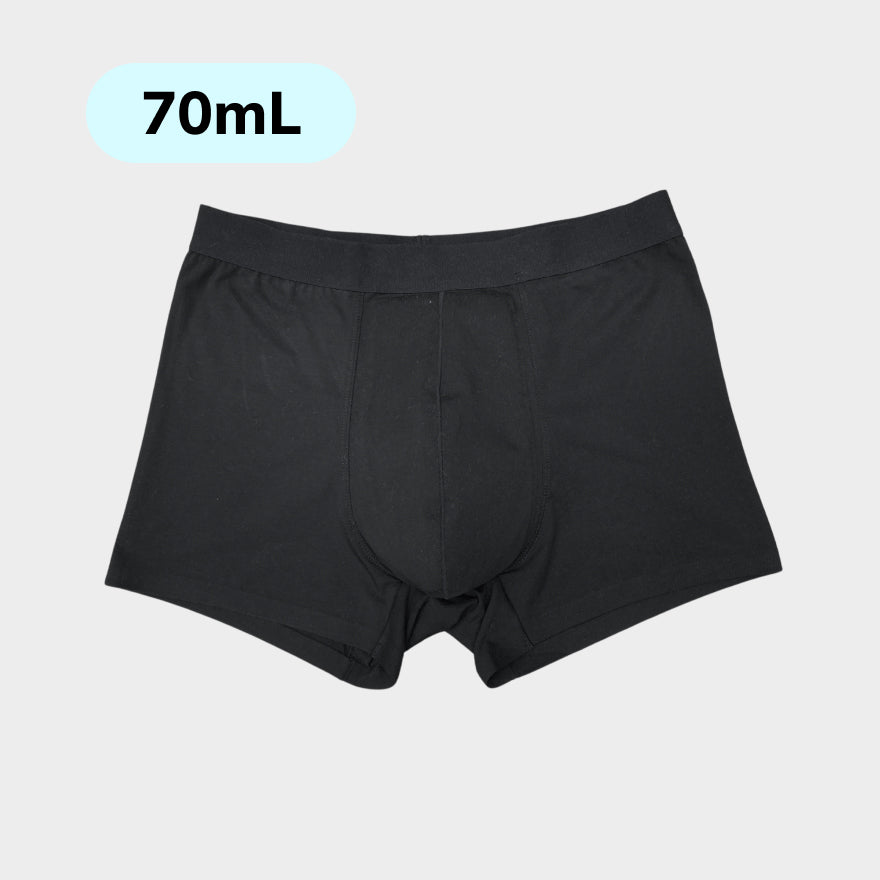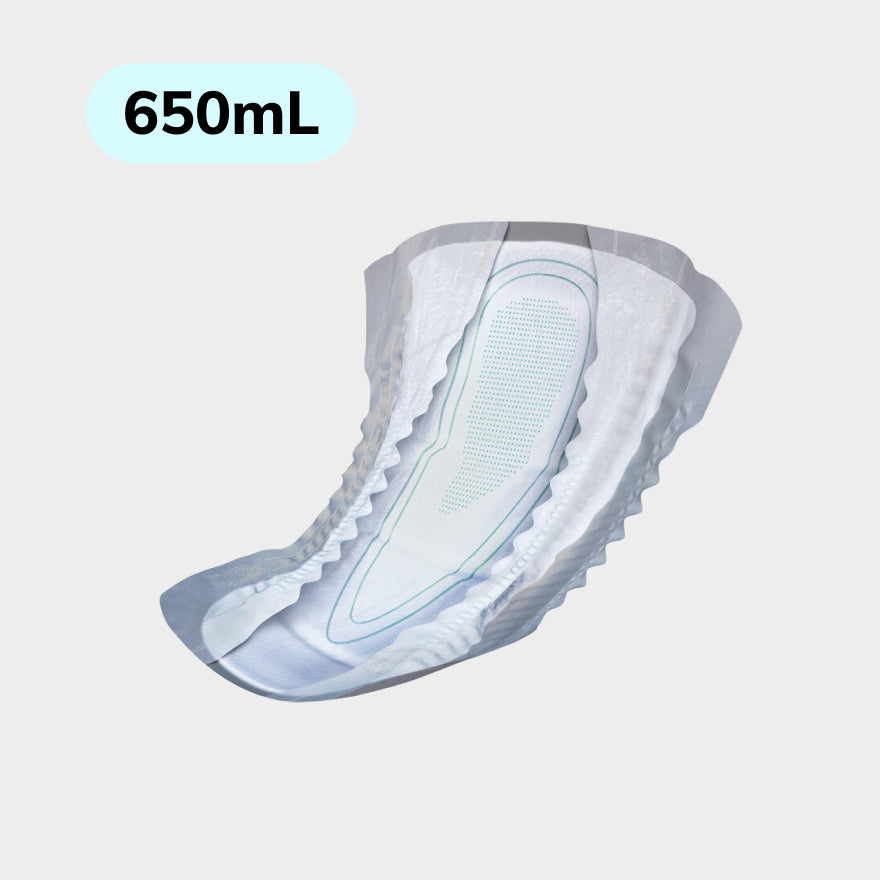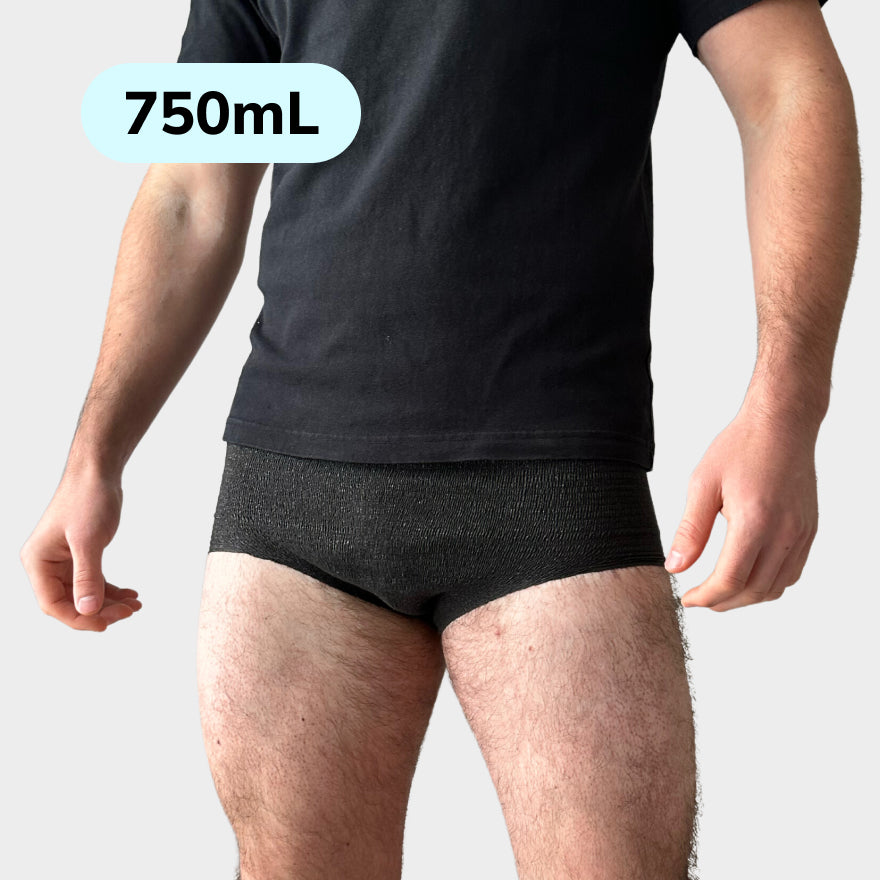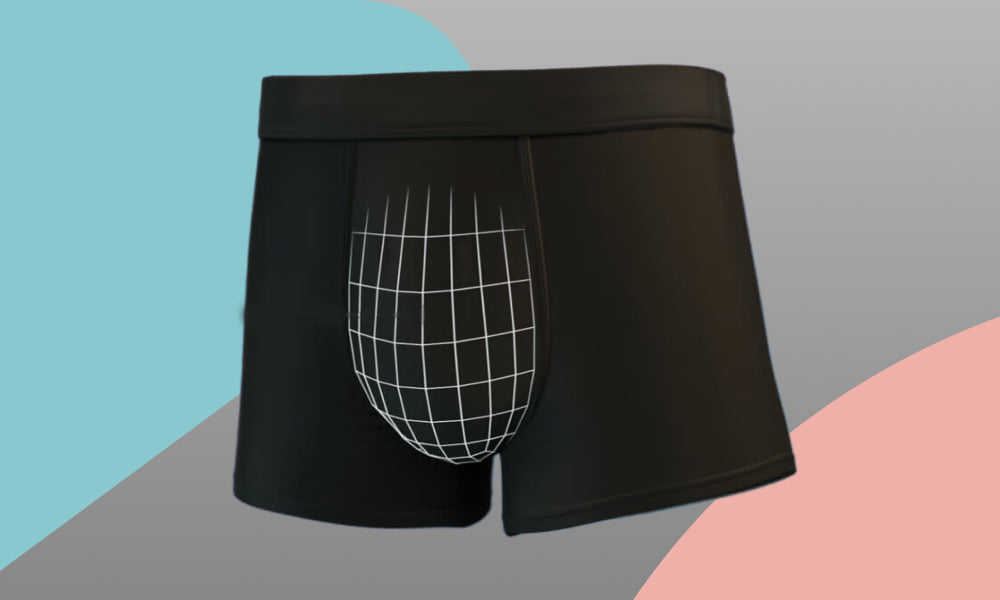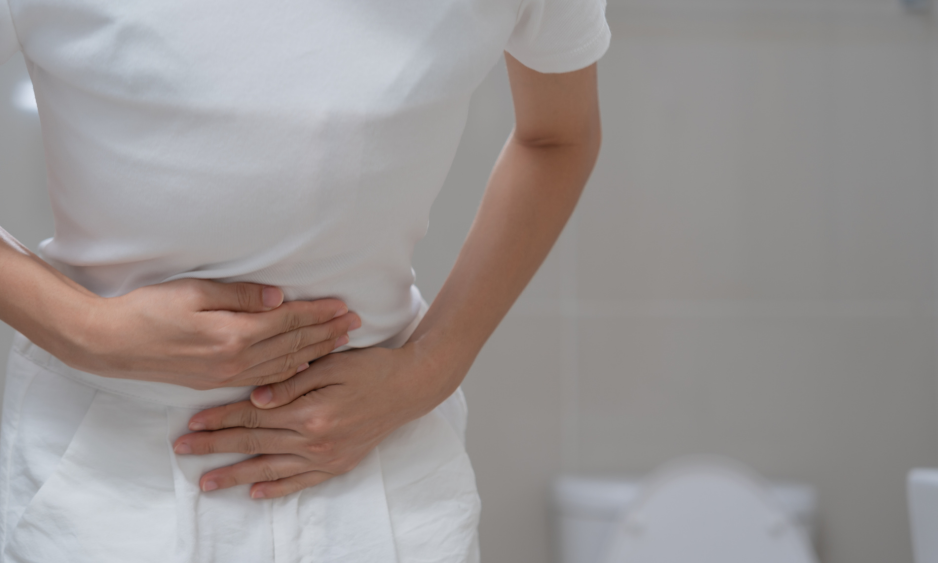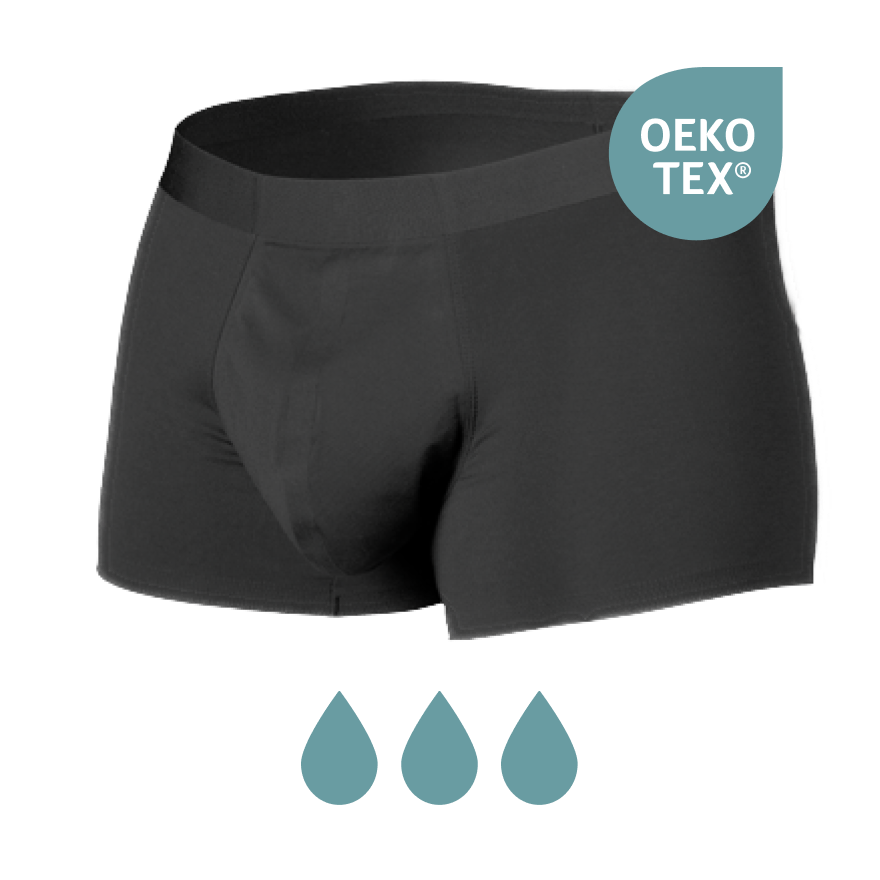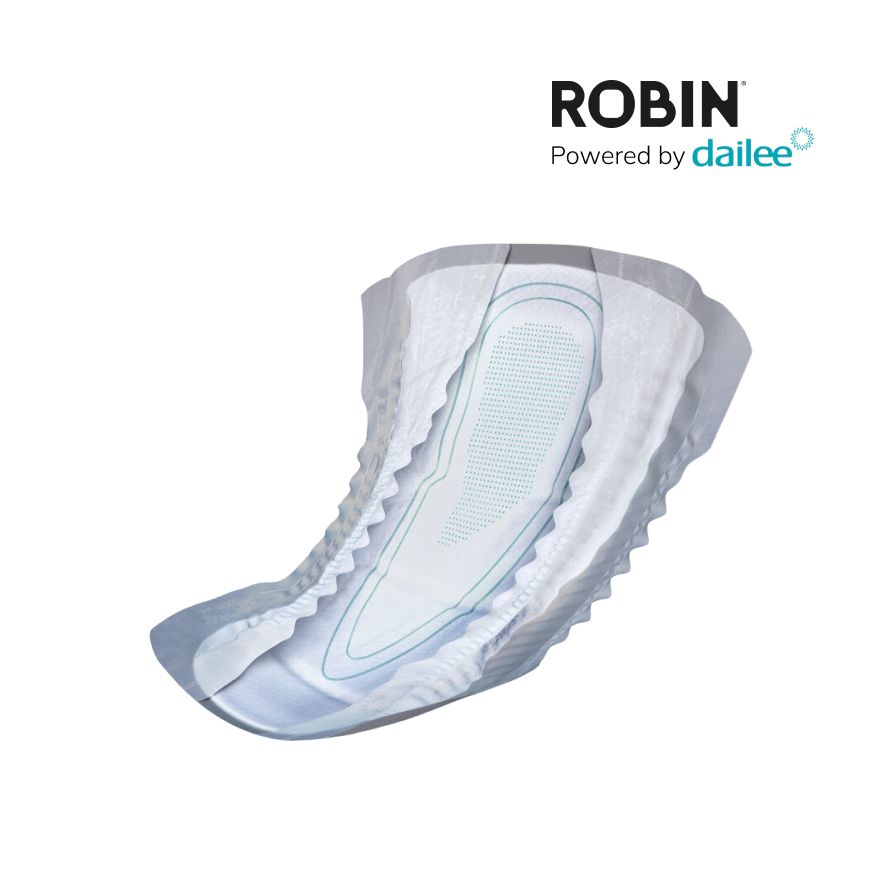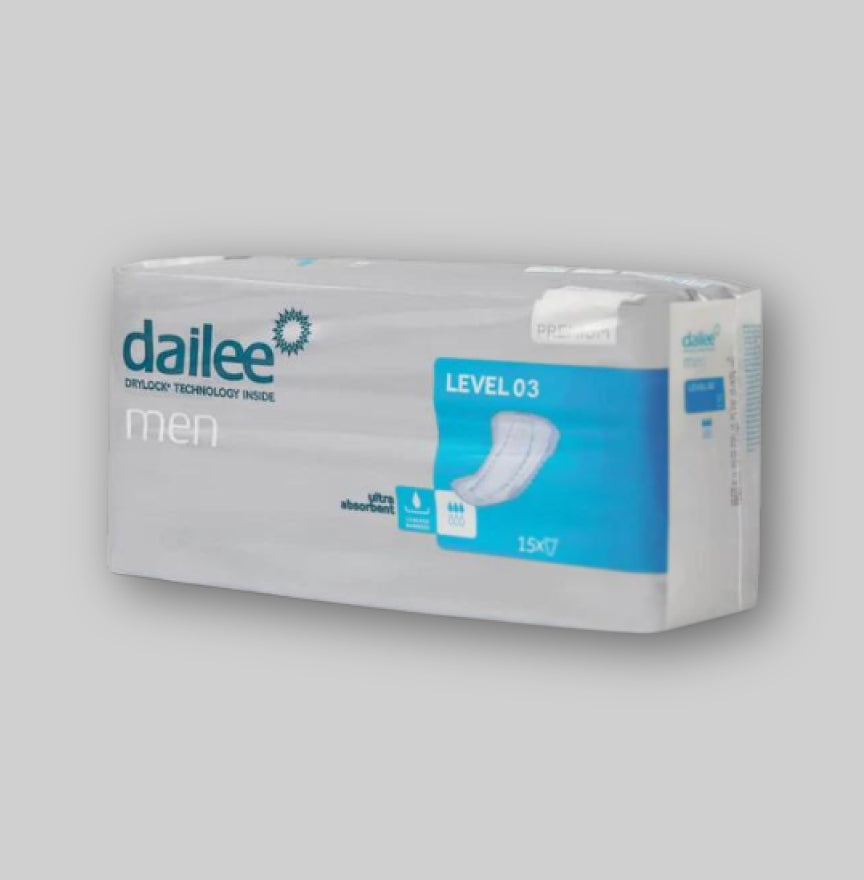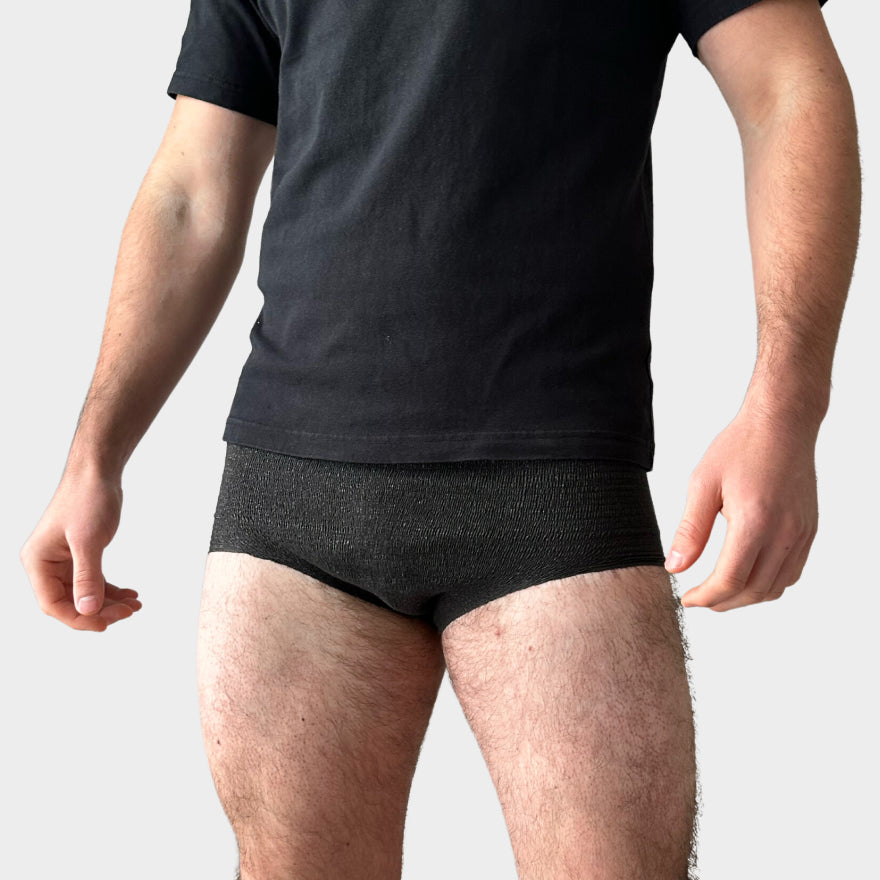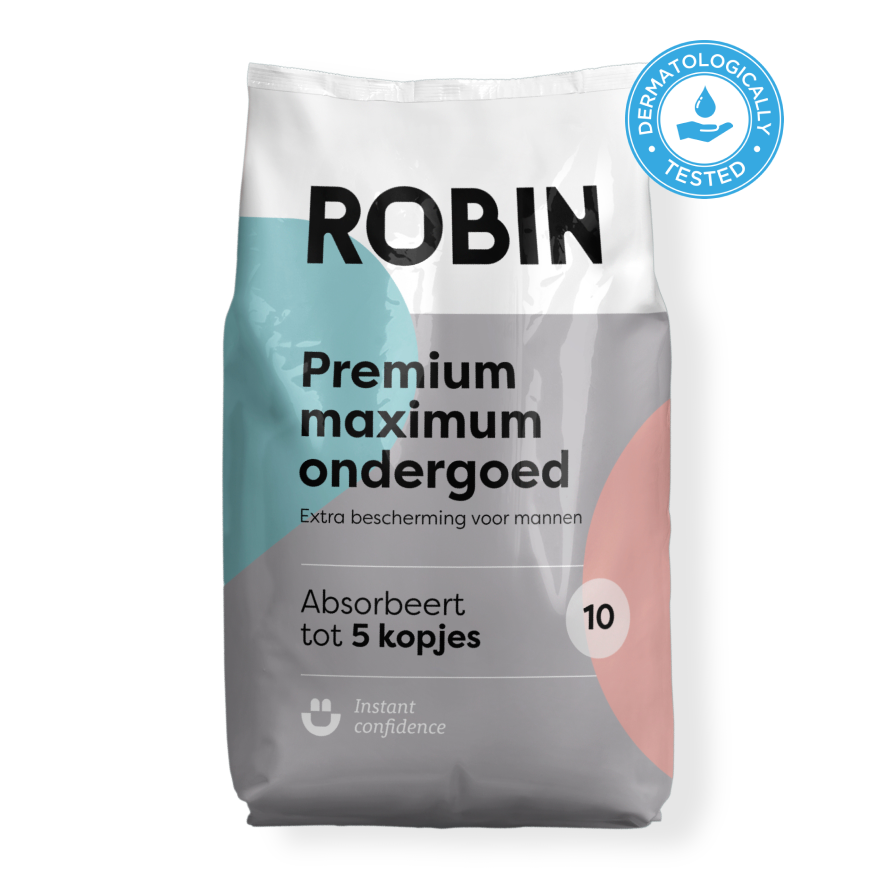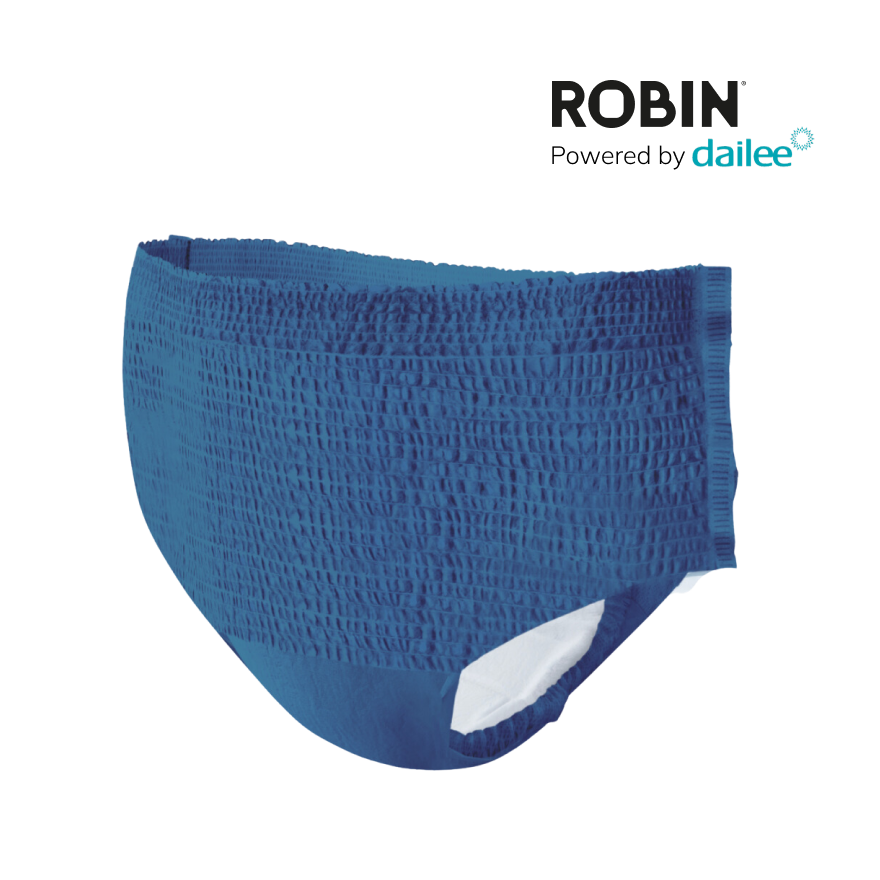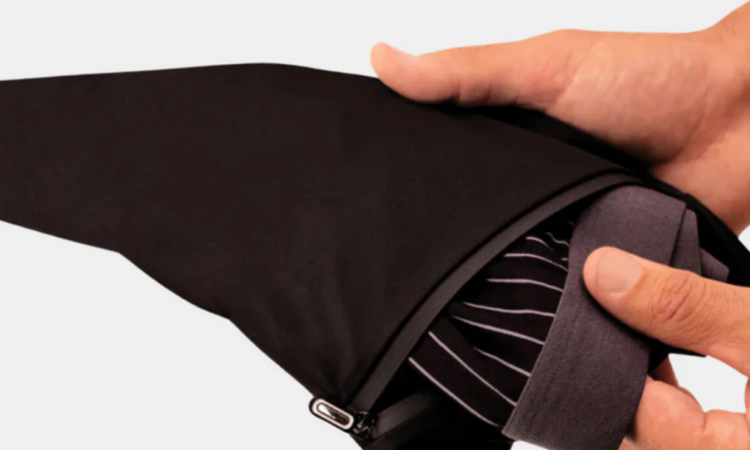Landing incontinence Is a condition where the bladder is not completely emptied during urination. This can lead to the unwanted losing of urine, also known as drop -in incontinence. It occurs in both men and women and can have various causes.
In men, overflow incontinence can be caused by an enlarged prostate or a narrowing of the urethra. In women, a subsidence of the bladder or the womb can be a cause, while other causes can be a urinary tract infection or a weak and powerless bladder. A combination of these factors is also possible. It is important to find out the cause of the condition to determine the correct treatment.
Definition of Overloop Incontinence
Overflow Incontinence is a form of unintended loss of urine that occurs when the bladder cannot be emptied properly. It is also called Dripperinontinence. In this form of incontinence, there is the 'overflow' of the bladder, which releases drops or dashes of urine unintentionally.
Overflow Incontinence can be caused by Various factors. In men it often occurs as a result of an enlarged prostate, while in women a sagging of the womb or swollen ovaries can be a cause. Overflow incontinence can also occur due to a weakened closing mechanism of the bladder, which reduces the contracting and press power from the bladder and the bladder cannot be emptied properly during the toilet visit.
Symptoms of overflow Incontinence include a constant sense of urge to pee, only be able to pee in small quantities, and unintentionally losing urine. It is important to contact a doctor in these symptoms to determine the cause and to get appropriate treatment.
Treatment of overflow Incontinence can consist of the use of medication to have the bladder contract, adjusting the lifestyle and doing pelvic floor exercises. In some cases, surgery may be needed to remedy the cause of the incontinence.
Causes of overflow incontinence
Overflow incontinence can have various causes. Below are some possible causes of overflow incontinence.
Neurological disorders
In neurological disorders, such as multiple sclerosis, Parkinson's and paraplegia, communication between the brain and the bladder can be disturbed. As a result, the bladder cannot be emptied properly and overflow incontinence is created.
Obstruction of the urinary tract
An obstruction of the urinary tract can lead to overflow incontinence. This can, for example, be caused by an enlarged prostate in men. There may also be a narrowing or blockade in the urinary tract, for example due to kidney stones or a tumor.
Medication and treatments
Some medicines and treatments can cause overflow incontinence. For example, medication that reduces bladder relaxation, such as some antidepressants and antipsychotics. Irradiation in the pelvic area can also lead to overflow incontinence.
Weak bladder muscles
With a weak or damaged bladder, the bladder cannot contract properly to remove urine. This allows urine to accumulate in the bladder and creates overflow incontinence. This can, for example, occur with elderly, women after the birth or people with a paraplegia.
It is important to find out the cause of overflow incontinence, so that appropriate treatment can be started. When in doubt or questions, it is always advisable to consult a doctor.
Symptoms and recognition

Overflow incontinence can manifest itself in various ways. Below are some common symptoms described that may indicate overflow incontinence.
Frequently drip
A common symptom of overflow incontinence is frequent dripping of urine. This means that there are small amounts of urine unintentionally leaking from the bladder. This can happen, for example, while laughing, coughing or exercising. People with overflow incontinence often have the feeling that their bladder is not completely empty after peeing.
Difficult to urinate
Another symptom of overflow incontinence is difficult to urinate. This can happen if the bladder cannot be emptied completely. People with overflow incontinence often have the feeling that they have to pee, but when they go to the toilet, only a small amount of urine comes out.
Nocturnal incontinence
Nocturnal incontinence Can also be a symptom of overflow incontinence. This means that someone loses unintentionally urine at night. This may be because the bladder becomes fuller at night and the pressure on the bladder increases.
It is important to recognize the symptoms of overflow incontinence on time. When someone experiences these symptoms, it is wise to consult a doctor.
Diagnostic methods

Anamnesis
The first step in diagnosing overflow incontinence is to take an anamnesis. The doctor asks about the complaints and medical history of the patient. It is important to know whether there is an unwanted loss of urine, how often this occurs and whether there is pain while urinating. The doctor can also ask about medication use and any other complaints.
Physical examination
A physical examination follows after the case history. This looks at the abdomen and the sexual organs. In women, the doctor can examine the vagina whether the bladder, the womb and the surrounding muscles feel normal. Hereby the doctor asks whether the patient can be on and relax the pelvic floor muscles.
Urine tests
To confirm the diagnosis of overflow incontinence, the doctor can perform different urine tests. For example, the amount of urine that remains in the bladder can be looked at after urinating. You can also look at any infections or inflammation.
Imagination
If an underlying condition is suspected, the doctor can request imaging examination. This could include an ultrasound or an MRI scan. This can help to determine the cause of the overflow incontinence.
Treatments for Landing Incontinence
Overflow Incontinence is a condition in which the bladder is not completely emptied, causing urine to go through. Various treatments for overflow incontinence are available.
Drug therapy
Drug therapy can be used to relax the bladder and improve the urine flow. This can help to reduce the symptoms of overflow incontinence. There are different types of medicines that can be prescribed, including anticholinergics and alpha -blockers.
Surgical options
Surgical options can be considered if other treatments have not been effective. There are different types of operations that can be performed, including bladder removal and the installation of an artificial sphincter.
Catheterization
Catheterization can be used to completely empty the bladder. This can be done with the help of a catheter that is inserted into the bladder via the Urethra. Catheterization can be carried out by a healthcare provider or by the patient himself.
Bladder training
Blowing training can be used to train the bladder to function better. This can help to reduce the symptoms of overflow incontinence. Blowing training includes practicing postponing peeing and gradually increasing the time between toilet visits. This can be done under the supervision of a healthcare provider.
It is important to remember that the treatment of overflow incontinence depends on the cause of the condition. A healthcare provider can help determine the best treatment options for an individual patient.
Prevention and self -care

Overflow incontinence can sometimes be prevented or reduced by changes in lifestyle. Below are some tips that can help to prevent or reduce overflow incontinence:
-
Drink enough water and avoid caffeine, alcohol and carbonated drinks. This can help to calm the bladder and reduce the frequency of urinating.
-
Ensure a healthy weight. Overweight can increase the pressure on the bladder and cause incontinence.
-
Do pelvic floor exercises regularly. These exercises can strengthen the muscles around the bladder and help control the urine.
-
Try to go to the toilet regularly. This can help to keep the bladder empty and prevent overflow incontinence.
-
Avoid constipation. Constipation can put pressure on the bladder and cause overflow incontinence.
-
Always consult a doctor with medication use. Some medicines can cause incontinence.
-
Wear comfortably and absorbent incontinence material. This can help to protect the skin and prevent leaks.
By following these tips, overflow incontinence can be reduced or prevented. It is important to remember that every person is different and that what works for one person may not work for another. Always consult a doctor if there is incontinence.
Impact on daily life and well -being

Overflow Incontinence can have a major impact on the daily life and well -being of a person. People with overflow incontinence have difficulty emptying the bladder completely, causing the bladder to become overflowing and unintended loss of urine occurs. This can lead to feelings of shame, fear and insulation, as well as skin irritation and infections.
People with overflow incontinence often have to go to the toilet several times a day and sometimes have trouble emptying their bladder. This can lead to painful urinary tract infections and kidney problems if it is not treated. Moreover, the frequent toilet visit can disrupt the daily life of a person, making it difficult to work, travel or attend social activities.
Fortunately, there are various treatments available to relieve overflow incontinence. This can vary from medication to pelvic floor therapy and even surgery. However, people with overflow incontinence must also ensure good hygiene and regularly replace their incontinence material to prevent skin irritation and infections.
In short, overflow incontinence can have a major impact on the daily life and well -being of a person. It is important to know that treatments are available and that searching for medical help can help to relieve the symptoms and improve the quality of life.
Future research and developments

There is constant research into the causes, diagnosis and treatment of overflow incontinence. It is important to keep looking for new ways to treat and prevent this condition.
One of the areas that researchers focus is is the use of new technologies to better understand and treat the problem. For example, research is being conducted into the development of smart incontinence materials that can monitor and manage urine production and drain. These materials can help to reduce the symptoms of overflow incontinence and improve the quality of life of patients.
In addition, research is being conducted into the role of the pelvic floor muscles in overflow incontinence. For example, it is investigated whether training of these muscles can help to reduce the symptoms of overflow incontinence. The role of hormones in the development of this condition and whether hormone therapy can also help with their treatment.
Finally, research is being conducted into new drugs and treatments for overflow incontinence. For example, research is being done into the effectiveness of botulinetoxin injections in the treatment of this condition. Research is also being done into the effectiveness of new drugs that can improve bladder function and reduce the symptoms of overflow incontinence.
All these developments are promising and can contribute to better treatment and prevention of overflow incontinence in the future.
